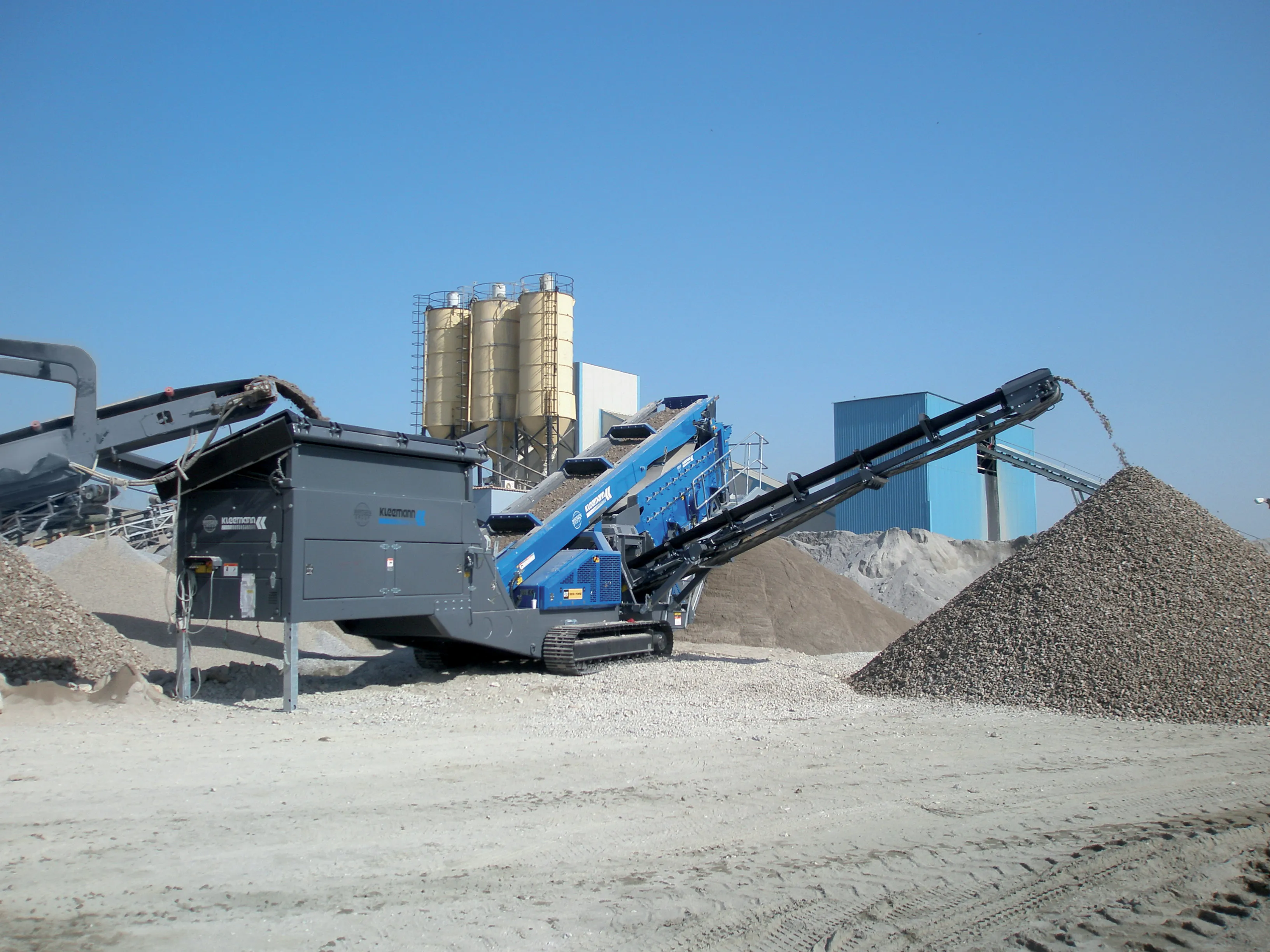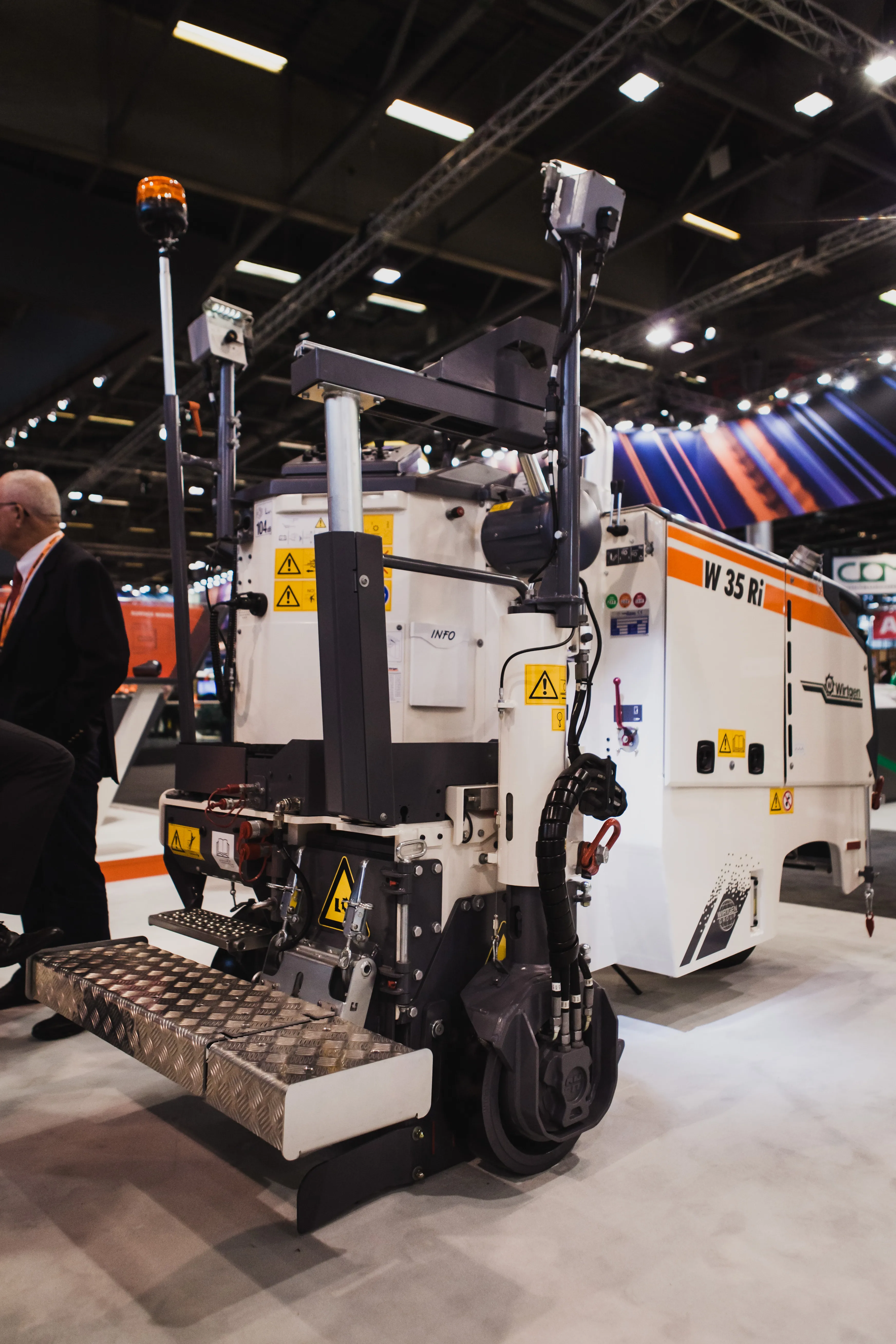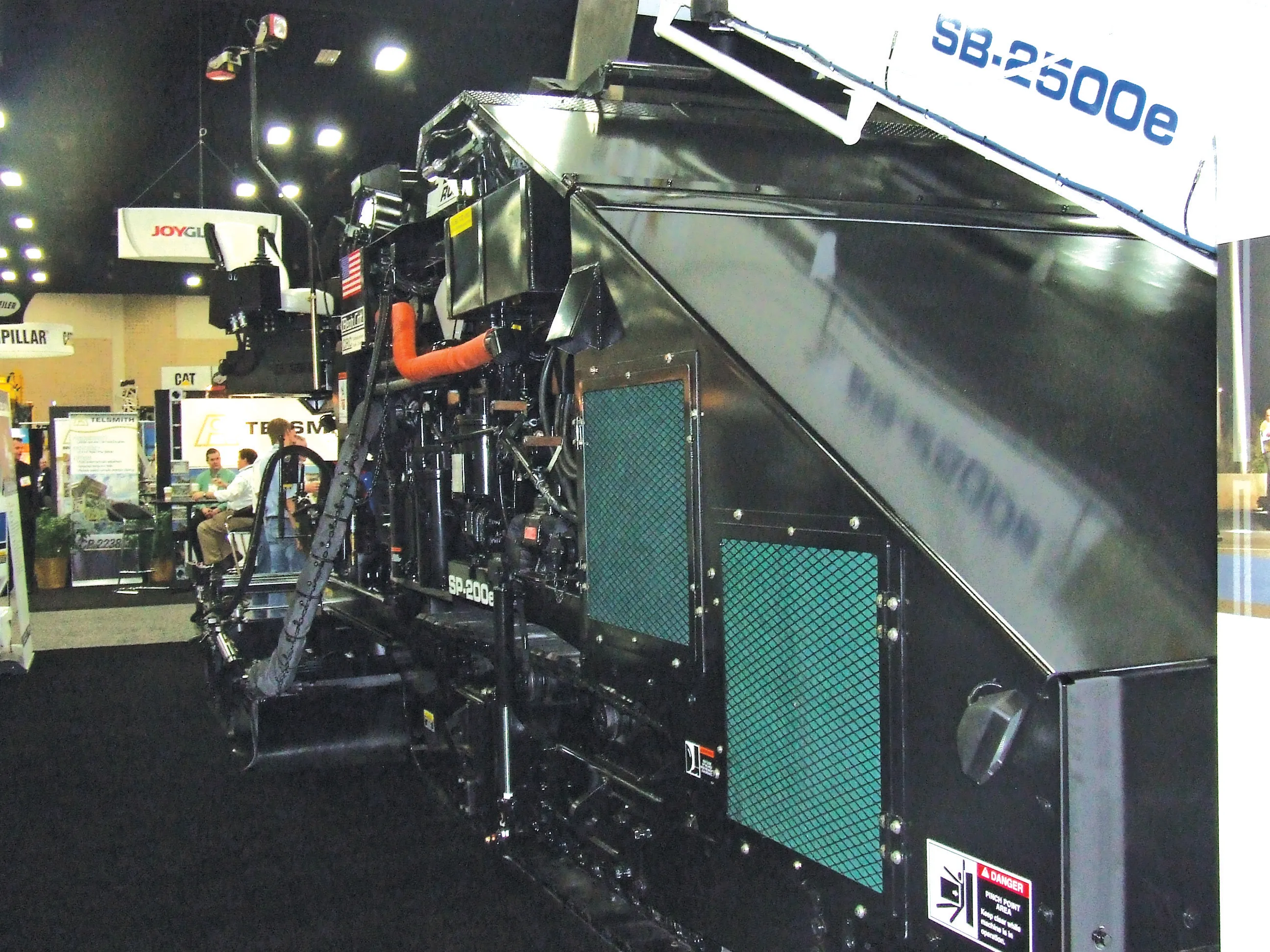At Steinexpo 2008, Kleemann exhibited its MC 120 Z jaw crusher from the new generation of MOBICAT jaw crushers, as well as the mobile MOBISCREEN MS 16 D screening plant. The MC 120 Z, a classical quarrying machine, is also well suited for concrete recycling, says the German company, a member of the Wirtgen Group. With its 1,200mm wide and 800mm deep crusher inlet, it is designed for a feed capacity of up to 400tonnes/hr, and has a number of features that are said to contribute to its highly efficient operat
July 30, 2012
Read time: 2 mins

At Steinexpo 2008, 261 Kleemann exhibited its MC 120 Z jaw crusher from the new generation of MOBICAT jaw crushers, as well as the mobile MOBISCREEN MS 16 D screening plant.
The MC 120 Z, a classical quarrying machine, is also well suited for concrete recycling, says the German company, a member of the364 Wirtgen Group.
With its 1,200mm wide and 800mm deep crusher inlet, it is designed for a feed capacity of up to 400tonnes/hr, and has a number of features that are said to contribute to its highly efficient operation. One example is pre-screening by means of the active double-deck heavy-duty screen, making sure that only those materials are fed into the crusher that are intended for processing. Another example is the standard vibrating discharge chute below the crusher. It reduces wear and tear at the 140mm wide belt of the main discharge conveyor, thus considerably increasing the plant's operational safety and availability.
The plant's exclusively electrical drives (with the exception of travel drive and crusher gap setting) enable it to be operated with tremendous economic efficiency, which can be increased even further by the optional connection to an external power source.
This is matched entirely by the mobile MOBISCREEN MS 16 D screening unit, says Kleemann. Its 8m³ large, slotted screen can be folded by means of wireless remote control and permits a feed capacity of up to 350tonnes/hr. The triple-deck screening machine with a convenient screening width of 1,520mm permits four different grain sizes to be produced in one single working pass, which are then stockpiled via the plant's generously dimensioned, rugged discharge conveyors.
The MC 120 Z, a classical quarrying machine, is also well suited for concrete recycling, says the German company, a member of the
With its 1,200mm wide and 800mm deep crusher inlet, it is designed for a feed capacity of up to 400tonnes/hr, and has a number of features that are said to contribute to its highly efficient operation. One example is pre-screening by means of the active double-deck heavy-duty screen, making sure that only those materials are fed into the crusher that are intended for processing. Another example is the standard vibrating discharge chute below the crusher. It reduces wear and tear at the 140mm wide belt of the main discharge conveyor, thus considerably increasing the plant's operational safety and availability.
The plant's exclusively electrical drives (with the exception of travel drive and crusher gap setting) enable it to be operated with tremendous economic efficiency, which can be increased even further by the optional connection to an external power source.
This is matched entirely by the mobile MOBISCREEN MS 16 D screening unit, says Kleemann. Its 8m³ large, slotted screen can be folded by means of wireless remote control and permits a feed capacity of up to 350tonnes/hr. The triple-deck screening machine with a convenient screening width of 1,520mm permits four different grain sizes to be produced in one single working pass, which are then stockpiled via the plant's generously dimensioned, rugged discharge conveyors.








